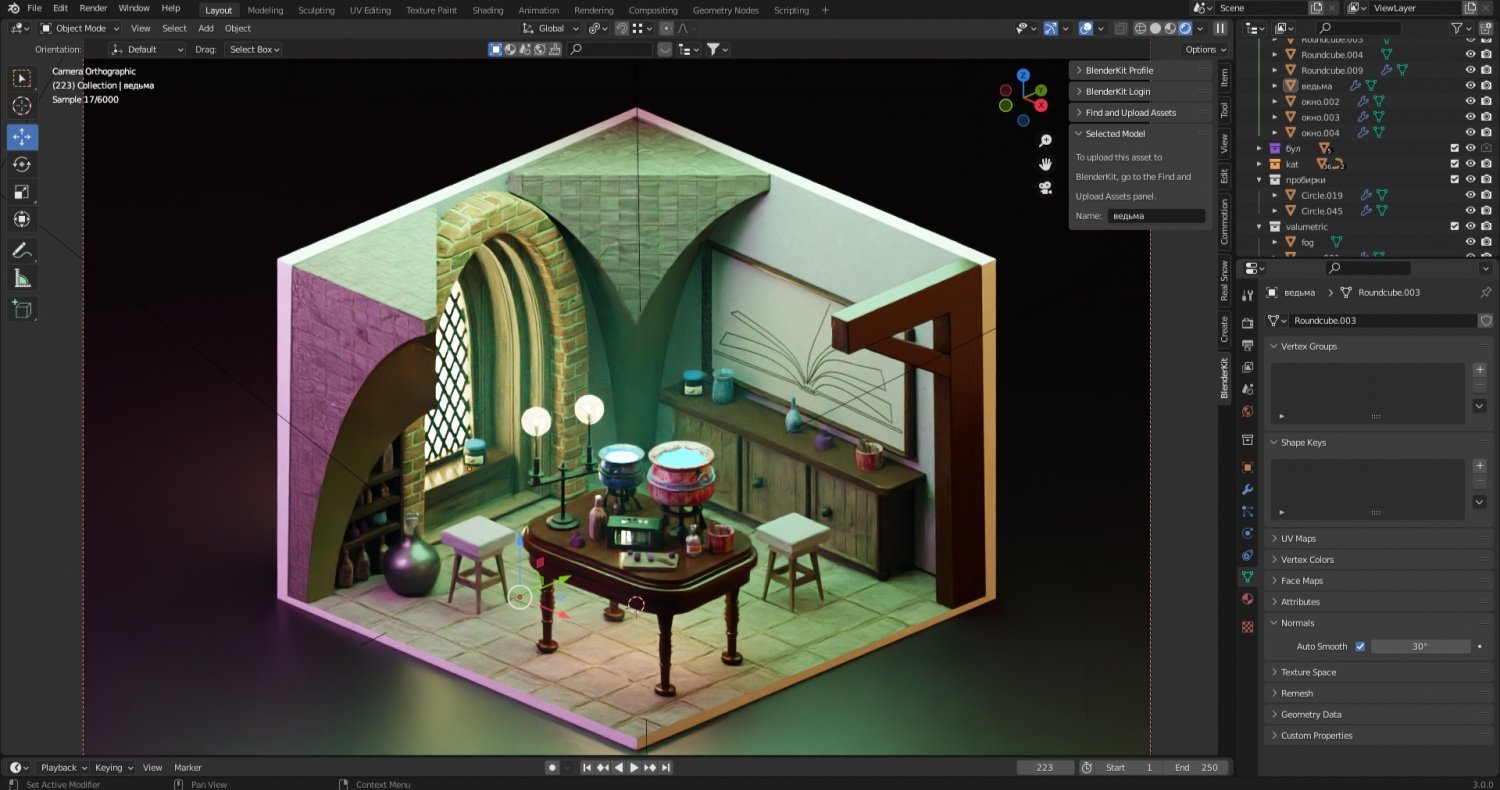Introduction to Blender as a Professional 3D Modeling Tool
Blender, an open-source 3D modeling and animation suite, has gained popularity amongst professionals and hobbyists alike for its robust capabilities in creating detailed 3D models, animations, visual effects, and more. Whether you are an aspiring digital artist or an experienced designer, mastering Blender can significantly enhance your creative workflow. This article will guide you through essential techniques and tips for using Blender for professional 3D modeling.
Understanding the Blender Interface
The first step to becoming proficient in Blender is to familiarize yourself with its interface. Blender's interface can be intimidating at first glance due to its complexity and vast array of tools. However, once you understand the layout and the functionalities of its major components, you will find it highly efficient for 3D modeling.
Key Components of the Blender Interface
Blender's interface is divided into several sections, including the 3D viewport, Timeline, Outliner, Properties panel, and Tool Shelf. Each section has its unique role in the modeling process. The 3D viewport is where you will spend most of your time, as it allows you to interact directly with your models. The Properties panel provides contextual options depending on the selected object or tool, enabling precise control over your models' attributes.
Getting Started with Basic Modeling Techniques
To start modeling in Blender, you need to understand the basic principles and tools. Blender offers a vast toolset for creating complex models, but starting with simple shapes and gradually advancing to more intricate details is advisable.
Exploring Primitive Objects and Meshes
Blender allows you to create basic shapes known as primitives, such as cubes, spheres, and cylinders. These forms can be modified and combined to form complex structures. Practice manipulating these primitives by using operations like scaling, rotating, and translating.
Utilizing Modifiers for Efficient Modeling
Modifiers in Blender are powerful tools that automate certain modeling processes, making it easier to achieve complex effects without permanently altering the mesh structure. Popular modifiers like Subdivision Surface allow you to smooth out meshes while keeping the original geometry intact, which is excellent for iterative designing.
Advanced Modeling Techniques and Tools
Once you are comfortable with basic modeling operations, you can move on to more advanced techniques that allow for creating highly detailed and complex models suitable for professional use.
Understanding Sculpting in Blender
Sculpting is a technique in Blender that resembles traditional clay modeling. It is used extensively for creating organic shapes like characters and creatures. Blender's sculpting mode offers various brushes and settings that mimic real-life sculpting tools, providing a highly intuitive and creative modeling process.
Mastering UV Mapping and Texturing
Texturing is an essential part of bringing your 3D models to life. UV mapping is the process of projecting a 2D image texture onto a 3D model. Mastering UV mapping in Blender ensures your textures fit correctly on your models. Blender offers comprehensive tools to facilitate precise UV unwrapping and editing, allowing you to achieve professional-looking results.
Optimizing Workflow in Blender
Efficiency is key when working with complex projects in Blender. Optimizing your workflow can significantly reduce time and effort while increasing productivity.
Customizing Blender's Settings and Shortcuts
Blending to your preferences can make a big difference in how you interact with the software. Customizing the user interface and memorizing keyboard shortcuts can dramatically speed up your workflow. Blender's interface is highly configurable; take advantage of this to make the software work for you.
Using Layers and Collections for Organization
In any complex 3D project, maintaining an organized file structure is crucial. Using layers and collections allows you to manage various elements of your scene efficiently. This practice not only keeps your project tidy but also enhances the performance by allowing you to hide elements that are not currently needed.
Conclusion: Turning Your Blender Skills into Professional Assets
Mastering Blender for professional 3D modeling is both a rewarding and challenging endeavor. By understanding the software's interface, starting with basic techniques, and gradually moving to more advanced tools and methods, you can build a solid foundation in 3D modeling. Remember, continual learning and practice are the keys to success in the constantly evolving field of digital modeling. With commitment and creativity, your Blender skills can truly become professional assets in your artistic or design career.

